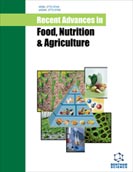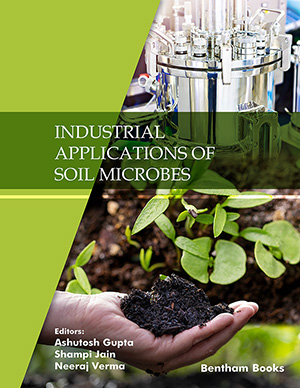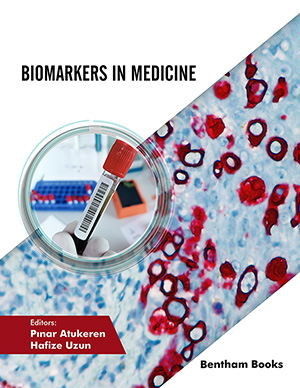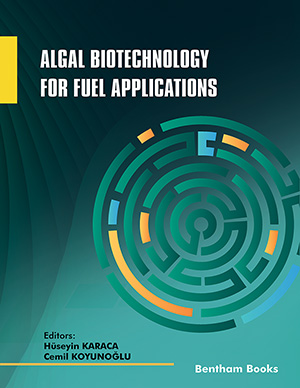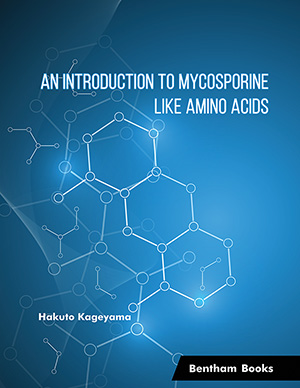Abstract
Cyanobacteria are grouped together with phytoplankton as primary producers in aquatic environments. These organisms are very diverse and under favorable conditions, their biomass increases dramatically, leading to blooms. Cyanobacterial blooms in aquatic environments are a well known global phenomenon, largely as a result of anthropogenic pressures, such as increas-ing nutrient inputs from catchment areas or climate change. Especially, planktonic cyanobacteria can thrive in surface waters and cause several adverse effects on aquatic organisms due to variations in pH, blocking light from entering the water and oxygen deficiency as a result of respiration at night. Moreover, they also produce toxins, called cyanotoxins, which can pose harmful effects on organisms in every trophic level; phytoplankton, zooplankton, invertebrates, fish, birds and also mammals. Cyanotoxins comprise of very diverse chemical compounds with several adverse effects on organisms. Considering the diversity of cyanotoxins, we chose two cyanotoxins, microcystin and cylindrospermopsin, since there are relatively more data about their toxic effects on fish, and also the former has a worldwide distribution and the latter is an emerging toxin with an extending geographical range. Together with the other adverse effects on fish, microcystins and cylindrospermopsin could cause oxidative stress and histopathological changes which we focus on and review in detail in this chapter.
Keywords: Cyanobacteria, Cylindrospermopsin, Fish, Histopathology, Microcystin, Oxidative stress.







